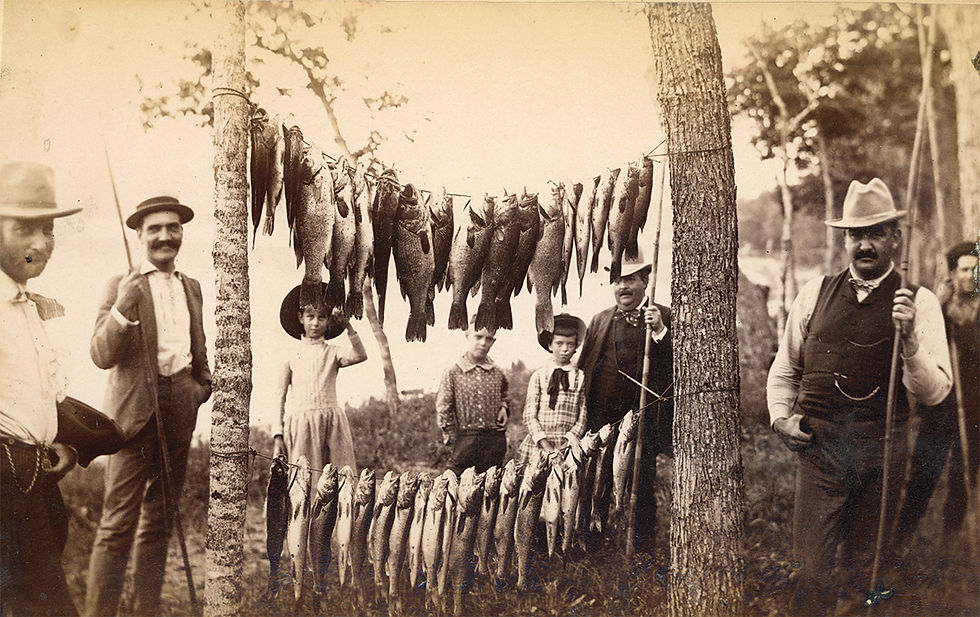Uptick in conifer mortality is drought-related
- Sr Perspective

- Jul 31, 2013
- 1 min read
We’ve all noticed it, here and there, a few more mature conifers than usual have died in the last couple of years. Is this related to our recent droughts? Yes, definitely. Eight of the past 11 years have been very dry during the summer and fall, plunging many forested areas of the state into severe drought.
Conifers growing along the edge of lakes, wetlands and ditches have been victims of fluctuating water tables over the past few years. When water is overly abundant, root systems are flooded for weeks and the root system loses its lowermost roots. Prolonged flooding prunes off the lower roots. Then, when water is scarce, these root systems don’t extend down far enough to reach the low water table. With too much or too little water, tree health and vigor suffers as photosynthesis shuts down and reserved sugars and starches are used up. In a few droughty growing seasons, these trees, especially balsam firs and white and black spruces, die of starvation.
The situation is similar for red, white and jack pines except that root death due to fluctuating water tables is not involved. Photosynthesis was shut down for days and weeks during droughty growing seasons in the past decade. To make up for this, trees used up their reserved sugars and starches in order to remain alive. Critically, they couldn’t resupply their reserves in the following years because these years were also droughty. Eventually, reserves were drawn down too far and they also died of starvation.
Now the good news. For most of Minnesota, the 2013 spring and early summer have been wonderful for tree growth and the restoration of sugar and starch reserves. We could definitely use a few more years just like this to completely resupply reserves and tree vigor.
For more information on forest health, contact Jana Albers, DNR forest health specialist, 218-327-4234, jana.albers@state.mn.us or visit www.dnr.state.mn.us/treecare/forest_health/.




Comments